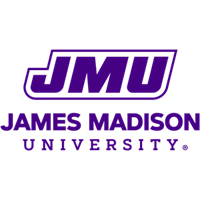Below is a summary of the abstract you submitted. Presenting author(s) is shown in bold.
If any changes need to be made, you can modify the abstract or change the authors.
You can also download a .docx version of this abstract.
If there are any problems, please email Dan at dar78@pitt.edu and he'll take care of them!
This abstract was last modified on May 2, 2018 at 9:39 p.m..

Our study involves bacteriophages found in soil and their interaction with Streptomyces griseus, the host bacterium chosen for our study. Relative to many other host bacteria in the SEA-PHAGES program, a small number of S. griseus phages have been sequenced. Additionally, a high proportion of these phages are singletons, which increased our chances of finding a substantially novel phage. We isolated two phages, TomSawyer and Wipeout, whose genomes were sequenced and then annotated. Genome annotation involved use of DNA Master, Phamerator.org, PhagesDB.org, GeneMark, and HHPred. TomSawyer and Wipeout both belong to the BE2 subcluster and have genome lengths of 133,961 bp and 132,935 bp, respectively. They are approximately 99% identical to one another. The genome of each of these phages has a GC content of approximately 49.3%, which is markedly different than the host’s 72% GC content. The reason for this is unclear, though we hypothesize that the 43 predicted phage-encoded tRNA genes may allow for productive translation within a cell with dissimilar codon bias relative to that of the phages. All BE2 subcluster phages possess long direct terminal repeats (12,182 bp in TomSawyer and 12,204 bp in Wipeout), and both TomSawyer and Wipeout are closely related to a likely prophage found in a strain of our host bacterium, S. griseus JV178. We speculate that our phages may be temperate as well, although we have thus far been unable to locate integrase or immunity repressor genes in either genome. Other phages that are closely related to TomSawyer are Mildred (78% identity), Parradiddles (77% identity), and Warpy (77% identity).

